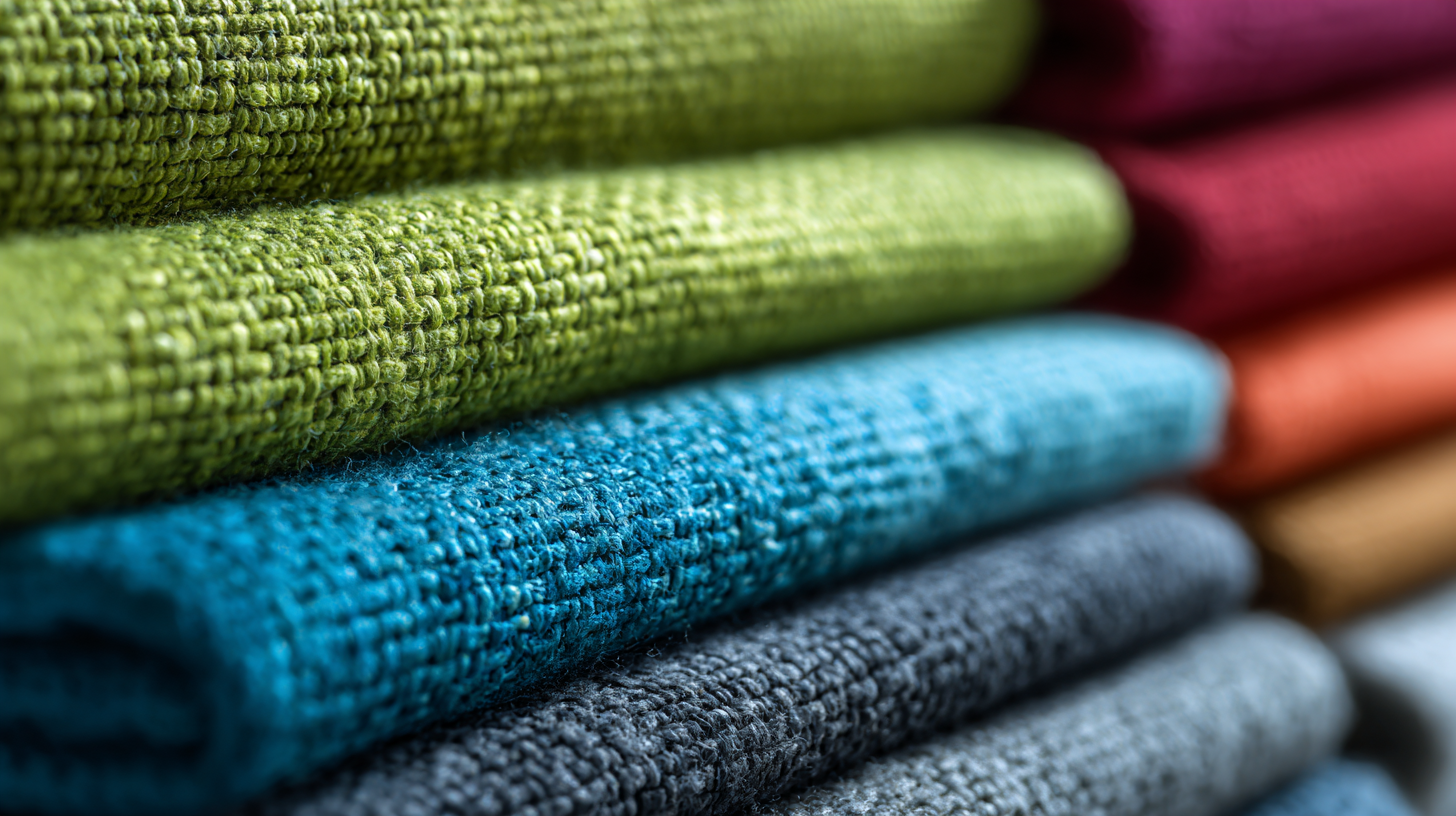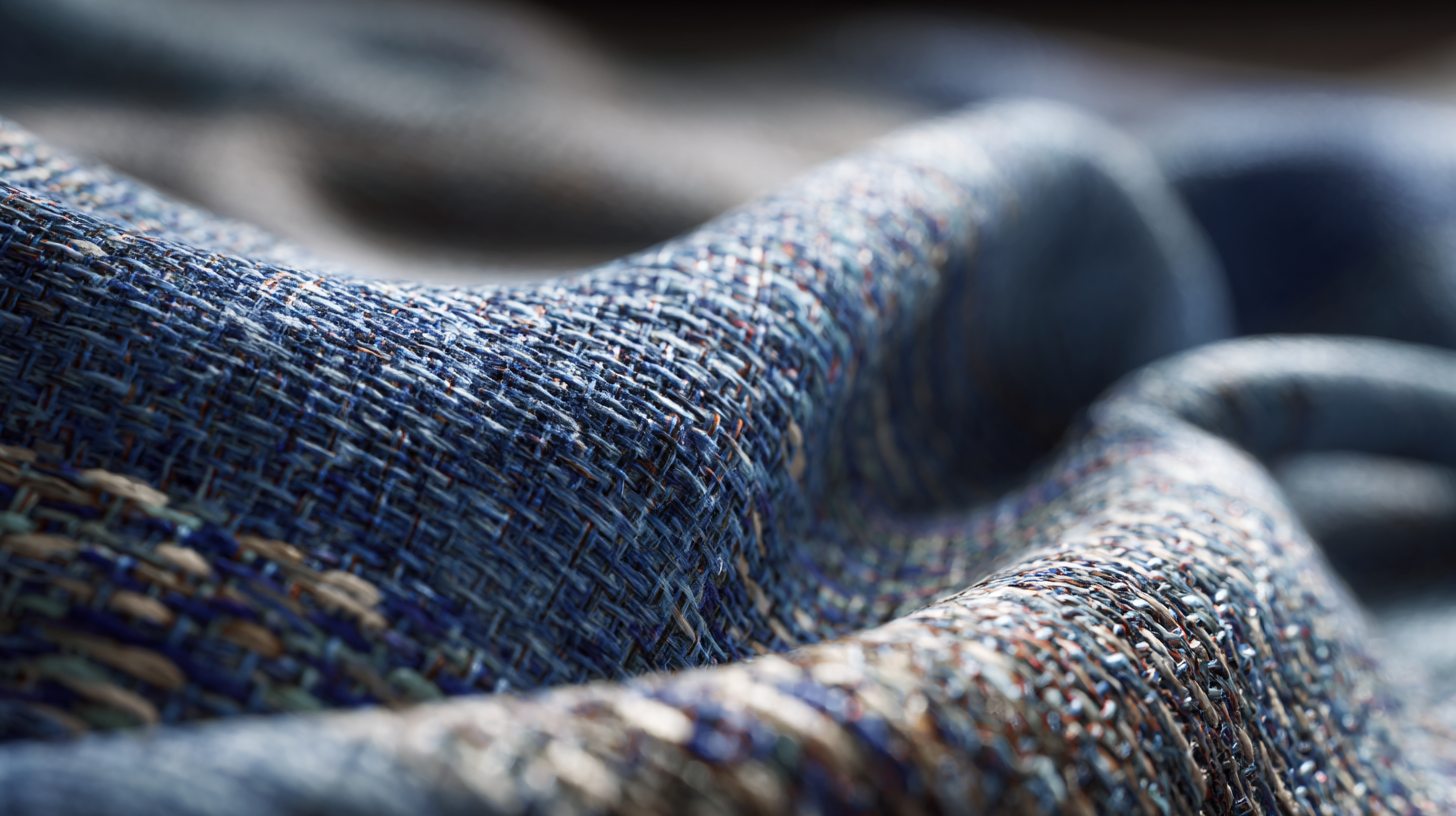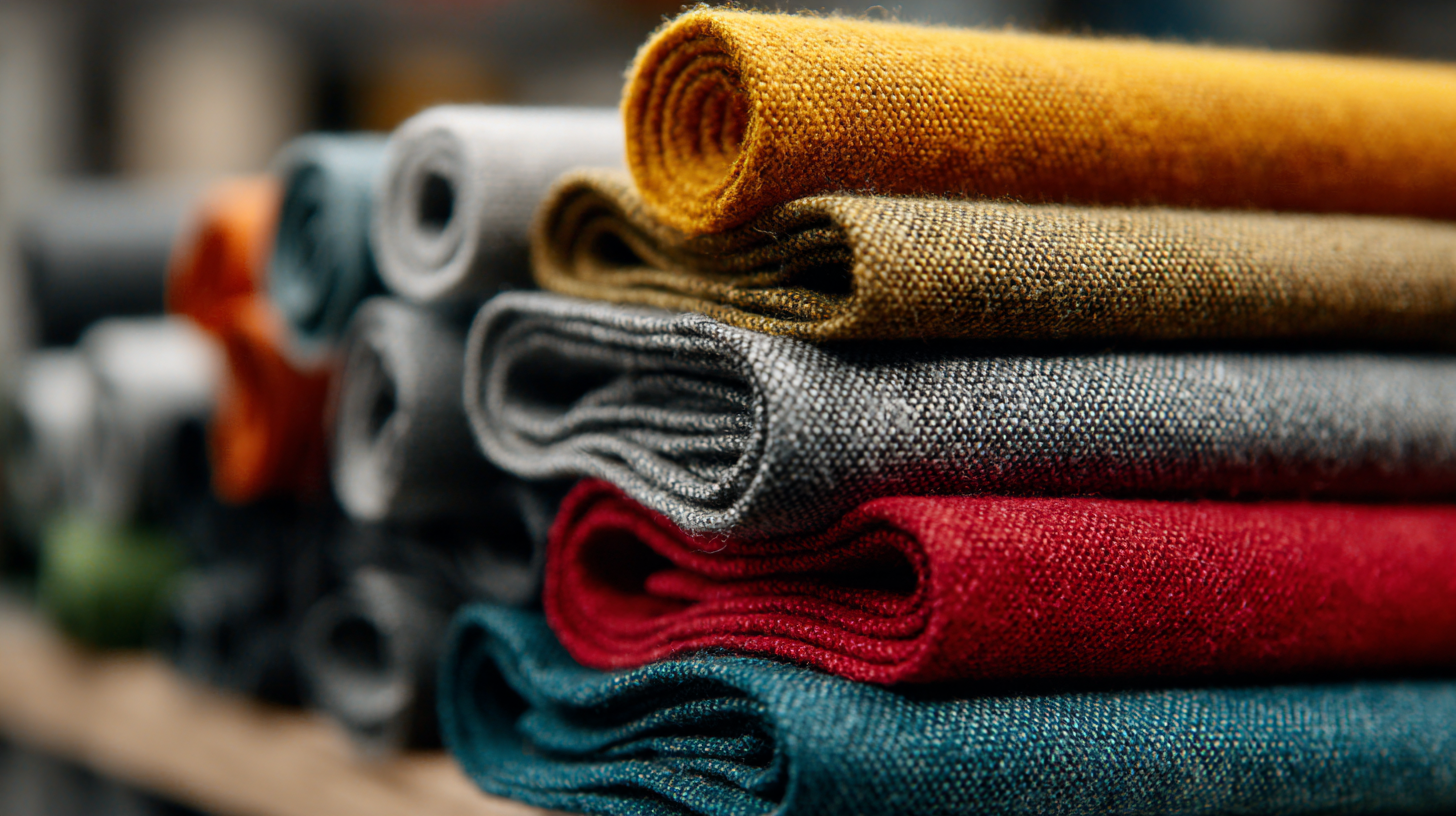As the world grapples with an escalating environmental crisis, the textile industry stands at a critical juncture, where sustainability must be prioritized for a resilient future. With studies indicating that the global textile market is projected to reach $1 trillion by 2025, a significant portion of this demand can be met through innovations like Recycled Pet Fabric. This fabric, made from 85 percent post-consumer materials, not only reduces waste in landfills but also decreases carbon emissions associated with virgin polyester production. In fact, utilizing recycled materials can lower energy consumption by up to 60%, as reported by the Ellen MacArthur Foundation. Furthermore, with over 3000 ISO certifications backing its quality and sustainability claims, Recycled Pet Fabric emerges as a compelling alternative that aligns with both environmental goals and consumer expectations for responsible production practices.

The rise of recycled PET fabric marks a significant turning point for the fashion industry, blending sustainability with innovation. As consumers become increasingly aware of the environmental impacts of their purchasing choices, brands are seeking eco-friendly alternatives to traditional textiles. Recycled PET, derived from post-consumer plastic bottles, offers a creative solution that not only minimizes waste but also reduces the carbon footprint associated with fabric production.
Transforming discarded plastic into high-quality fabric is no small feat. This process involves cleaning, melting, and extruding reclaimed PET to create new fibers that are durable and versatile. The result is a fabric that meets the rising demand for sustainable fashion while retaining the aesthetic and functional qualities expected by consumers. The impressive statistic of 85 percent post-consumer materials in this fabric further demonstrates the commitment of manufacturers to environmental responsibility. With over 3000 ISO certifications backing this innovation, the fashion industry can confidently embrace recycled PET as a viable option for eco-conscious consumers.
As the textile industry moves towards a more sustainable future, the use of post-consumer polyethylene terephthalate (PET) in fabric manufacturing is becoming increasingly prominent. By 2025, it's projected that the global consumption of post-consumer PET in textile production will surge significantly. Key statistics indicate that approximately 85% of recycled PET fabrics will be derived from post-consumer materials, reflecting a higher demand for eco-friendly options among consumers and brands alike.
This shift not only invites innovative practices in fabric manufacturing but also enhances the overall sustainability of the industry. With 3000 ISO certifications expected to lead the way, manufacturers will adhere to stringent environmental standards that ensure minimal impact on ecosystems. The integration of recycled PET fabric contributes to reducing plastic waste, promoting a circular economy, and ultimately fostering a greater sense of responsibility within the fashion sector. As legislation and consumer awareness continue to evolve, the commitment to utilizing post-consumer materials will play a crucial role in redefining the standards of textile sustainability.
This chart illustrates the projected growth in the use of post-consumer PET in fabric manufacturing from 2021 to 2025. The increasing adoption of recycled materials in the textile industry highlights the shift towards sustainability.
The significance of ISO certifications in textile production cannot be overstated, particularly as the industry shifts towards sustainable practices. According to a report by the Textile Exchange, the demand for recycled polyester, predominantly made from post-consumer PET, has surged, driven by consumers’ increasing desire for eco-friendly products. This shift highlights how ISO certifications establish a framework for maintaining quality while promoting sustainability. For instance, implementing ISO 14001, which focuses on effective environmental management systems, allows manufacturers to minimize waste and reduce their carbon footprint, aligning with corporate social responsibility objectives.

Moreover, the achievement of ISO certifications can directly influence a company's marketability. A study published by the Global Sustainability Network found that brands with ISO 9001 certifications, which focus on quality management systems, reported a 20% increase in customer satisfaction and loyalty. These standards provide assurance that products are consistently produced to meet both customer expectations and environmental criteria. By utilizing 85% post-consumer materials in the production of recycled PET fabric, companies not only adhere to stringent quality regulations but also significantly lower their reliance on virgin resources, paving the way for a more sustainable textile industry.
When comparing the environmental footprints of traditional and recycled PET fabrics, the contrasts are striking. Traditional PET production relies on virgin petroleum sources, leading to significant greenhouse gas emissions and a larger ecological footprint. In contrast, recycled PET (rPET) fabrics, derived from post-consumer plastic waste, dramatically reduce these impacts. The recycling process not only diverts plastics from landfills but also minimizes energy consumption and resource depletion, showcasing a more sustainable approach to textile manufacturing.

Tips for choosing sustainable fabrics: First, look for products made of at least 85% post-consumer materials, which ensures a reduced environmental impact. Second, check for reputable certifications, such as ISO certifications, which provide assurance that the manufacturing process adheres to sustainability standards. Lastly, consider the longevity and care of the fabric—choosing high-quality, durable materials can extend the life of your products and reduce the need for replacements.
Incorporating rPET in fashion and textiles is not just a trend but a necessary shift towards sustainability. By understanding the differences in environmental footprints, consumers can make informed choices that support eco-friendly practices. Embracing recycled PET fabrics can lead to significant benefits for both the planet and the future of the textile industry.
Recent advancements in recycled PET (rPET) technology are paving the way for innovative applications across various industries. By utilizing 85 percent post-consumer materials, manufacturers are not only reducing waste but also enhancing the quality of products made from rPET. The growing emphasis on sustainability has led to the development of fabrics that meet high-performance standards while also being eco-friendly. With over 3000 ISO certifications backing this material, companies can confidently invest in rPET products, knowing they adhere to stringent quality and environmental guidelines.
Looking ahead, the potential transformations these technologies can bring to the textile and fashion industries are significant. The integration of recycled PET could revolutionize supply chains, allowing brands to create more sustainable products with a lower carbon footprint. As consumer demand for eco-conscious alternatives rises, innovations in rPET will likely inspire a shift in design practices, promoting the use of upcycled materials and driving further research into enhancing the durability and aesthetic appeal of rPET fabrics. This ongoing evolution may not only redefine industry standards but also foster a culture of sustainability that prioritizes environmental responsibility in manufacturing processes.
| Material Type | Recyclability Percentage | ISO Certifications | Applications | Future Innovations |
|---|---|---|---|---|
| Recycled PET | 85% | 3000+ | Textiles, Packaging | Biodegradability Improvement |
| rPET Blends | 80% | 1500+ | Industry Apparel, Home Textiles | Enhanced Durability |
| Microfiber from rPET | 90% | 500+ | Cleaning Products, Fashion | Color Variability & Softness |
| rPET Nonwovens | 95% | 2000+ | Filters, Protective Wear | Increased Air Filtration |
